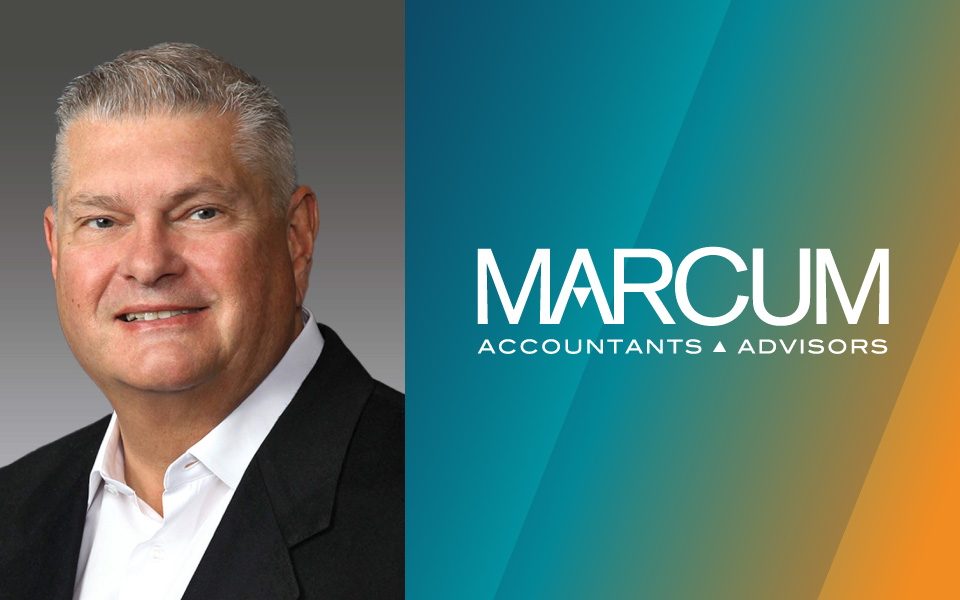Philip J. Wilson, Partner-in-Charge, Southern California Region, Featured in Los Angeles Business Journal Roundtable Discussion: "The Business of Accounting."
Los Angeles Business Journal

Excerpt:
As the economy experiences its climbs and dips, the Los Angeles Business Journal has once again turned to some of the leading accountants in the region to get their assessments regarding the current state of business accounting and the various trends that they have been observing, and in some cases, driving. Following is a series of questions posed to these financial stewards of Los Angeles and the unique responses they provided – offering a glimpse into the state of business accounting in 2014 – from the perspectives of those in the trenches delivering financial advice and leadership to the businesses of our region today.
Do you feel nearshoring will get hotter?
WILSON: Yes. USA, Mexico and Central America are becoming more popular as the cost of labor and transportation continue to increase in China. Additionally, alternatives in Asia increase lead times, quality and reliability issues. There are also tax incentives for US manufactures to invest in labor saving equipment. Together with labor efficiencies and shorter lead times, a manufacturer sourcing products in the Americas can also reduce inventory and related cash flow required to finance the investor. In addition, many US retailers are requesting “Made in the U.S.A.”
What’s unique about your firm that allows you to provide greater value to your clients?
WILSON: Marcum offers an extensive range of professional services and a high degree of specialization. As a full-service national firm with a presence in regional markets from New York to California, Marcum is able to provide our clients with deep expertise across a diverse range of industry sectors coupled with broad geographic reach. In addition to traditional accounting, assurance and tax, including domestic and international tax planning and preparation, the Firm’s professional services include mergers and acquisition planning, family office services, forensic accounting, business valuation and litigation support. The Firm also developed several niche practice areas serving private equity partnerships; hedge funds; SEC registrants; real estate; government, public and not-for-profit sectors; manufacturing; construction; healthcare; and bankruptcies and receiverships; as well as a China specialty practice. Each of our 23 offices has the presence and capability to services out clients locally, but can also access the full resources of the Firm to help clients address any situation or need in any market. This is especially valuable to clients who are on th growth track, particularly as they expand into new regions.
What are the core challenges that CPA firms will face in the coming years?
WILSON: There are three critical areas firms will face in the future. Adapting to technology changes in the way clients are services, hiring needs as the number of accounting graduates is declining, and transitioning firm management from retiring baby boomers to Generations X and Y. Many firms will reduce existing offices as employees utilize technology to work remotely and service clients worldwide, reducing the need to meet in person. Adapting to this mode of client service will take a meaningful investment in IT. Our profession will need this efficiency in order to service increasingly complex businesses with a reduced number of staff. And the retiring boomers will need to embrace this change so the next generation of leadership can move firms toward this paradigm and compete in th e21st century.
As a trusted advisor, what are you doing differently today, to provide additional value to your clients?
WILSON: Teach the client to analyze gross profit by their product lines and customer base, so they can focus on the most profitable ones. Another recommendation is to take advantage of hiring tax credits and R&D credits. Also, invest in robust ERP systems that allow the client to manage inventory levels. Finally, prepare forecasted financial statements and require the accounting department to close books between ten and fifteen business days and compare those results to the forecast with an intense focus on overhead.
Do you see an increase in IRS audit activity?
WILSON: During the past few years, actual field and office audit rates have been declining; however, the IRS has been increasing the number of correspondence audits, and stepping up enforcement in a number of areas. A common correspondence inquiry surrounds the amount of mortgage interest deducted on one’s personal tax return. The limit is th interest expense on 1.1 million dollars of mortgage debt, including home equity lines. In California, where property values are high, this limitation is often exceeded, and there are further rules related to how the proceeds were used from refinancing the property. One of the most publicized areas has been in the foreign bank account reporting (FBAR’s), with many criminal cases coming from foreign banks providing account activity of American citizens to the U.S. government. This continues to be a hot area with a current Voluntary Disclosure Initiative (VDI) amnesty for those who come forward before a criminal investigation is underway.
What are some of the common mistakes companies make when structuring themselves and what are some of the potential tax risks associated with those mistakes?
WILSON: All-too-common mistake in drafting a partnership agreement is getting the economics wrong. While other mistakes can cause embarrassment, getting the economics wrong can easily lead to an errors and omissions lawsuit. Accountants can benefit the planning and drafting process by: providing an understanding about the client and his or her business, and the assets to be transferred to the partnership; preparing economic projections; modeling the economic provisions and tax allocations of the partnership agreement reviewing the partnership agreement and determining whether the principals understand it; determining the effects of the formation of the partnership under generally accepted tax principles; and identifying and helping to resolve tax, accounting, or business issues that the drafter may have missed.


















